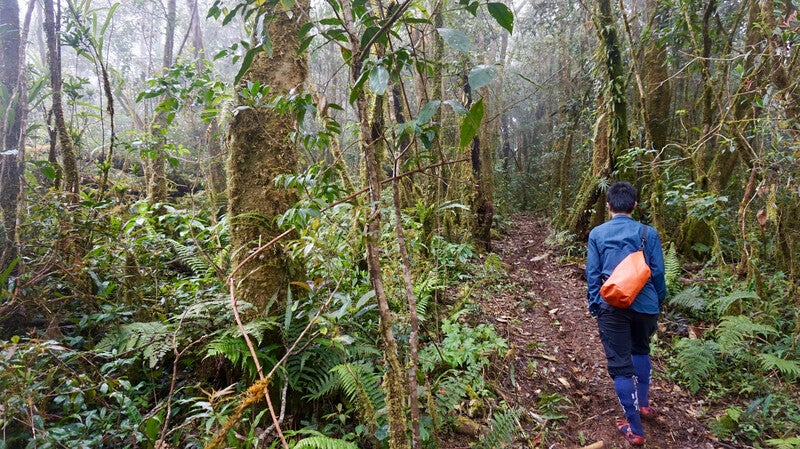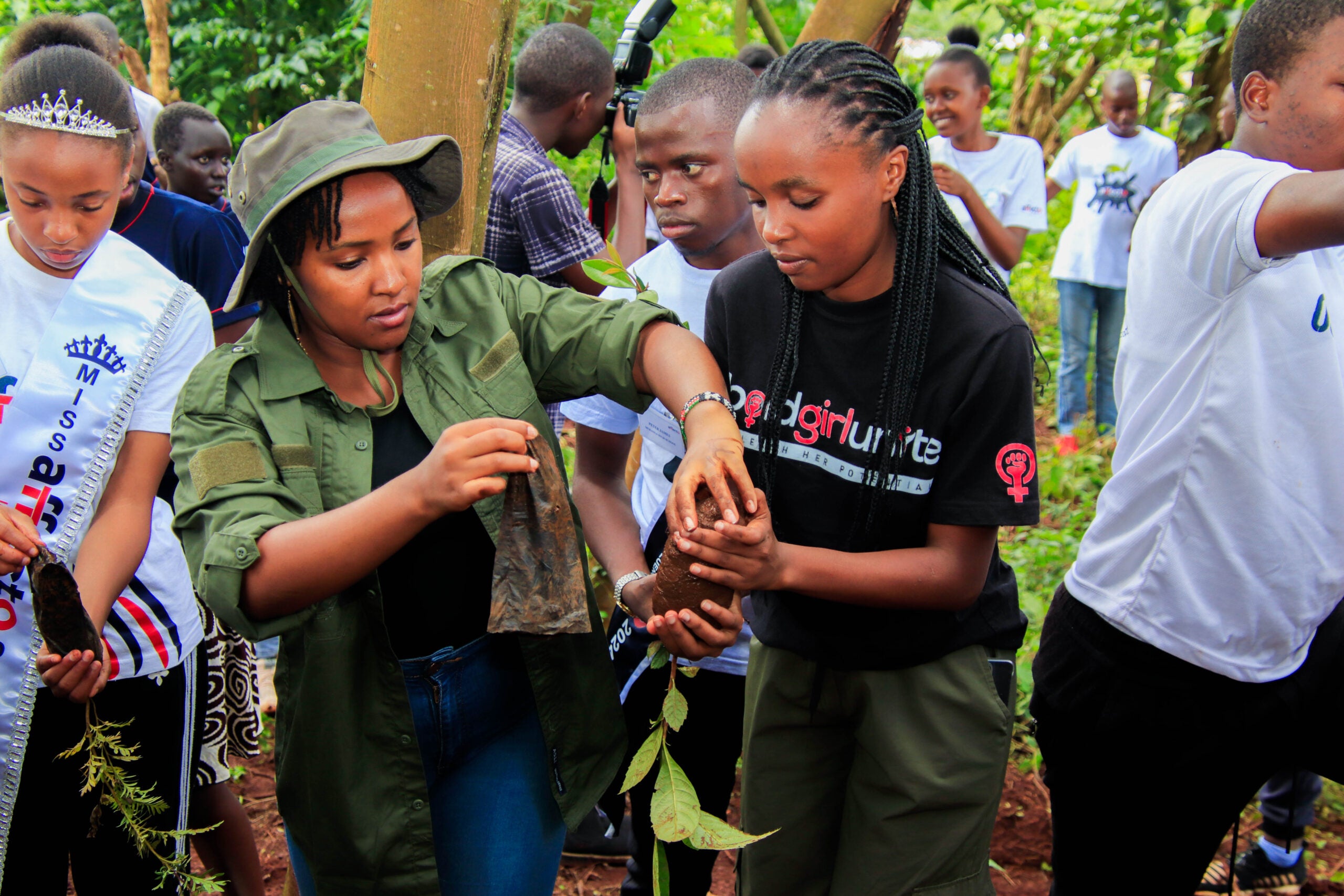Saola
donateSearching for the Saola in the Annamite Mountains
On the border of Laos and Vietnam roams a creature so elusive that it has never been seen in the wild by a biologist. The Saola was discovered by science in 1992, after researchers came across the skull of a Saola in a hunter’s house in a remote village in Vietnam. The unusual horns were a clue that they had found evidence of an entirely new species, which spurred conservationists into action.
This Critically Endangered species lives in the Annamite Mountains in Vietnam and Laos, where their biggest threat is poaching—they get caught in the snares set out for other animals. Re:wild supports and works alongside the Saola Working Group (SWG) and local partners to protect the Saola and its habitat.
The Saola Working Group is working to save Saola using the IUCN One Plan Approach. The approach is necessary for species like Saola, which scientists estimate may only have 20 individuals left in the wild—not enough to support a viable population. The One Plan Approach integrates conservation breeding under human care and protecting the species in the wild into a single conservation program. Combined, the two components help the species’ long-term conservation.
Breeding for the Future
For a highly threatened species like the Saola, it is imperative to begin conservation breeding as soon as possible. The governments of Vietnam and Laos have agreed to work together on a Saola conservation breeding program. By their joint consent, the world’s first conservation breeding center for rare Annamite species will be established at Vietnam’s Bach Ma National Park, with the Saola as the flagship species for the program which is supported by a consortium of international zoos led by Wroclaw Zoo.
While the upcoming conservation breeding plans for Saola are very much focused on bringing that species back from the brink of extinction, if it’s successful it will have cascading conservation effects for other endemic species that make this region so special, such as Large-antlered muntjac and Annamite Striped Rabbit.
Rewilding Saola
Though in the short-term, wild Saola may have to enter a conservation breeding program to keep the species from going extinct, the long-term survival of the Saola depends on securing safe areas for them in the wild, which will pave the way for future reintroductions. Re:wild and partners are working to prevent poaching of any Saola (and other animals) in specific target areas—a lofty goal. That means ensuring there are no snares in intensively patrolled areas, so that these areas can become a safe haven for rare species such as the Saola, Large-antlered Muntjac, and others.
Saving Saola Together
Re:wild helps mentor and train national conservation leaders and biologists in Vietnam and Laos to ensure that the Annamites will have guardians to protect its species for generations to come.
While the Saola is one of the most distinctive and endangered large mammals in the world, it has an image problem—because there are so few images of it! Since the species is so elusive and comparatively few people are aware of the animal and the urgency of its conservation, Re:wild is working to develop partnerships and raise international attention for the species.
Top photo: A wild Saola camera-trapped in central Laos in Bolikhamxay Province in 1999.(Photo courtesy of William Robichaud)





